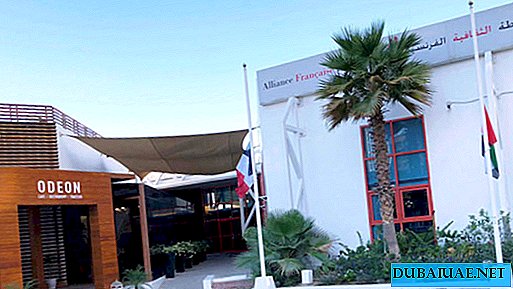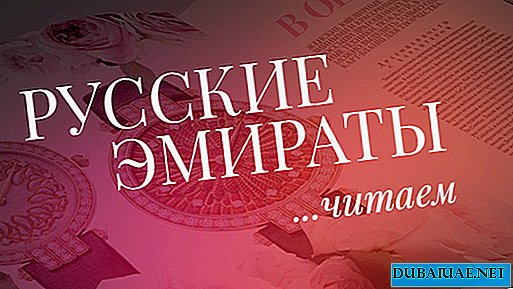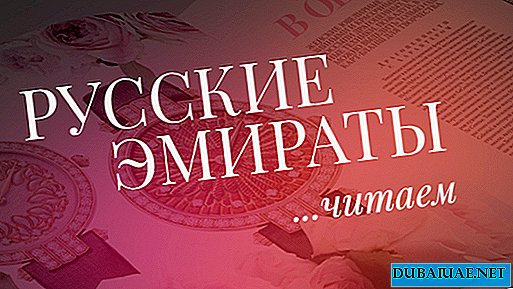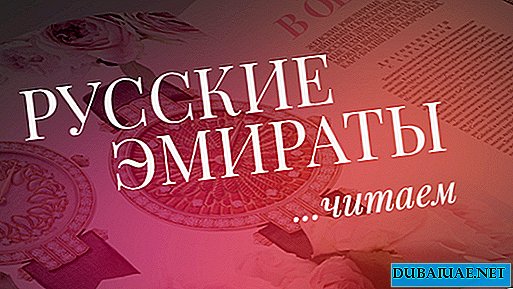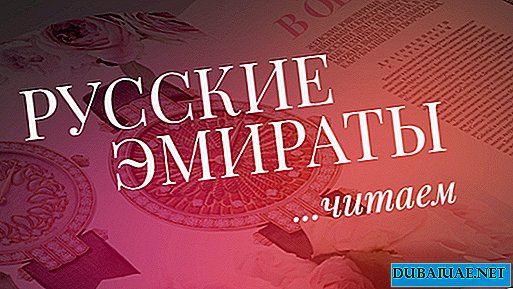FAVORITE LINES OF ARABIC ELMO, MUSLIM ORNAMENTS AND PATTERNS - MAY BE, THE MAIN SYMBOL OF THE MYSTERIOUS MUSLIM EAST FOR A REPRESENTATIVE OF A DIFFERENT CULTURE. THEIR MEANING IS REALLY DIFFICULT TO UNDERSTAND FROM THE FIRST VIEW
The characteristics of Muslim fine art are closely related to religion, since Islam forbids the reproduction of images of living beings. A person should neither try to compete with Allah, who created life, nor create idols for himself. This prohibition was not always strictly enforced, but most artists worked within the limits prescribed by religion. Therefore, only the art of writing - calligraphy - and the plant and geometric patterned images that form the famous arabesques received serious development in the Muslim world. Moreover, this art, rather, did not exist for its own sake, but for the expression of religious ideas.
However, at the sight of stunning, diverse oriental masterpieces, it is impossible to talk about any rigid framework. Limited by religion, artistic genius at the same time was guided by it on new paths. And often they led to amazing results. Although the surrounding life was not literally depicted, as in other cultures, on the other hand, abstract, full of symbols creativity led to thoughts about the deepest fundamental principles of being.
Using a limited vocabulary - writing, geometric shapes and plant images - Muslims have created an amazingly capacious artistic language that brings together various objects. Literally everything "speaks" with us on it from time immemorial - from household trinkets to majestic mosques. This language cannot be confused with anything; the special atmosphere of a Muslim country is guessed by it. Moreover, the art of every corner of the Muslim world is unique and has always been enriched by the influences of other peoples.
Calligraphy
According to one Turkish dictum, "calligraphers are destined to go to Paradise for rewriting the Koran, and artists are most likely to go to Hell," so the image of words has a special place in Muslim art. The withdrawal of the lines inspired by Allah was treated with great zeal, and calligraphy itself was also used in the state chancellery. A beautiful or careless handwriting could even decide the outcome of a citizen’s written appeal to the ruler. The Qur'an says that the Lord "taught with kalam" (Arabic: "pen") man new knowledge.
The Arabic language itself is the best suited to calligraphic art. Twenty-eight letters of his alphabet can take different forms depending on the position in the word, be written on the line or partially fall off it, above and below there are diacritical points and icons for vowels. Most letters are interconnected - hence the characteristic ligature. All this seems to be waiting for the master’s hands ... Arabic writing is used, with some features, and other languages - for example, Persian, Pashto, Urdu, and until 1928 it was also used in Turkish. Manuscript material also influenced writing styles. At first, the revelations of the Koran were recorded on the skin, parchment and even the shoulder blades of animals. But the divine words were worthy of a clear and beautiful reflection. The impetus to the development of calligraphy was given by the decision of the Caliph Osman (644-656) to fix the text of the Koran and send it to large Muslim cities.
They wrote mainly with a cane pen, sharpening it depending on the characteristics of the font, and the composition of the ink was kept secret. Moreover, important words, for example, the name of Allah, were often emphasized in gold letters. Sometimes letters were squeezed out with nails from the back side of the paper - so they turned out to be embossed, and then they were highlighted in color or gilded. Until the 15th century, the fields of manuscripts were usually not decorated, but soon patterns bloomed on them, often not inferior to the text itself.
Calligraphers were held in high esteem, and about twenty Turkish sultans reached real heights in this matter. It was said that a certain master was forgiven of all sins for the incomparable beauty of one phrase he derived. One calligrapher was called the "golden feather", the other - "Sultan, the guiding star of the calligraphers." The art of writing was studied diligently from a young age under the watchful supervision - and often by rods - of a master. He dedicated the students not only to the technical side of the matter, but also to the secret meaning of letters. Some calligraphers on the fingers did not heal the wounds, others were blind ... There were also female craftswomen. Until the fourteenth century, masterpiece texts were most often anonymous; then the situation began to change, but many masters still did not sign their works. In the course of history, a rich variety of handwritings has developed.
The cursive, more rounded manner of writing was rooted in the pre-Islamic era. For a long time it was used in everyday correspondence, and in manuscripts until the X century the monumental font of angular forms, called Kufic, dominated. Letters sometimes turned into whimsical interweaving of flourishes and flowers, overlapped each other, words broke off at the end of the line ...
Even the Arab sometimes was not easy to read such inscriptions. Then, in the rewriting of books, italics began to dominate. Six cursive handwritings were defined, which were distinguished by clarity and strict proportions. The most famous of them is naskh. According to legend, handwriting was systematized in the 10th century by the great calligrapher and vizier under the three caliphs Ibn Mukla. He created a system in which the sizes of each letter and the relationship between them were determined.
To do this, we used the trace from a single touch of paper with a cane pen, as well as a circle and a semicircle. Such was the attention to the letter! The fate of Ibn Mukli himself was tragic. He happened to live at a crisis moment in the history of the Caliphate and see the collapse of former luxury. Envious people put him in prison and chopped off his right hand. In different regions and for different needs, their handwriting developed, and from here unusual styles appeared. So, the well-known Tamerlan calligrapher Umar Akta once presented the list of the Koran, executed in the smallest handwriting gubar (in translation - "dust"). The ruler did not accept the gift, and then the master made another copy, with a line no less than the elbow. The musalsal style (“concatenated”) suggested that the whole phrase is displayed without taking his hand off the paper. In the Ottoman Empire, the personal signature of the sultans was made in the form of a special pattern - the Tugras, while decrees were written on an exquisite sofa. The order in finances was imposed by the handwriting of a sixt, which, ironically, was not quite legible. And in Iran a font appeared in which words and phrases could go at any angle to each other, and the beauty of such a composition distracted from the ambiguity of individual expressions.
The great thinker al-Farabi said: "At the heart of the handwriting is the spirit expressed by the feelings of the body." In addition to capturing the words of the Qur'an, calligraphy also had other symbolic meanings. For example, for the mystic Sufis, the letter alif was of great importance - an elegant dash that opens the alphabet and serves as a measure for all other letters. In it, the Sufis saw the image of one God - the primary source of everything.
Oriental ornaments
 No less meaning can be found in the traditional oriental ornament, which can be either geometric or floral. The first species in Persian is called girih, the second - islimi. Elegant geometric lines and polygons of girih are a symbol of the majesty and eternity of heaven, therefore, together with a rectangular kufic font, it was often used in the exterior decoration of mosques. In the flowers and stems, islimi, on the contrary, you feel the softness and warmth of earthly life, echoing the roundness of italic handwriting, they meet a Muslim inside the mosque. Different patterns can be combined with each other. Often calligraphic, floral, and geometric ornaments consisted of two layers — larger and smaller patterns. The first was seen at a distance, and with the approach to the building, the second also appeared.
No less meaning can be found in the traditional oriental ornament, which can be either geometric or floral. The first species in Persian is called girih, the second - islimi. Elegant geometric lines and polygons of girih are a symbol of the majesty and eternity of heaven, therefore, together with a rectangular kufic font, it was often used in the exterior decoration of mosques. In the flowers and stems, islimi, on the contrary, you feel the softness and warmth of earthly life, echoing the roundness of italic handwriting, they meet a Muslim inside the mosque. Different patterns can be combined with each other. Often calligraphic, floral, and geometric ornaments consisted of two layers — larger and smaller patterns. The first was seen at a distance, and with the approach to the building, the second also appeared.
Sometimes the pattern was complicated by color. But perhaps the most elegant is the art of geometric ornament. It is still not entirely clear how exactly - whether with the help of right angles, circles or guiding grids - these patterns were executed. Their development amazingly coincided with the growth of mathematical knowledge in the medieval Islamic world. If in the West, four axes were used in the creation of ornaments, then among Muslims their number reached at least a dozen more, which led to an almost inexhaustible number of combinations.
Surprisingly, many centuries ago, Islamic creators groped for the properties of space, over which the most difficult disciplines today struggle - topology, fractal geometry and nonlinear dynamics. Patterns in which the whole is identical to its part are interesting to today's science as an example of self-similar figures ...
In olden times, of course, the ornament was given a special sacred meaning. For Sufis, in particular, the idea of unity in plurality was important. Therefore, in the richness and differences of the patterns, one can often see a change in the events of the earthly world. But their abstractness and repetition, the inclusion of all polygons in a circle means a symbol of divine unity.
The figures also have their meanings. The circle is a symbol of infinity and justice. It is composed of Muslims all over the world, when during prayer they turn to a single center - Mecca. An equilateral triangle represents harmony, a square - stability and a combination of four elements: fire, air, water and earth. A pentagon or five-pointed star indicates the five pillars - the main principles - of Islam. It is curious that mistakes also crept into the execution of some ornaments. Perhaps they were done on purpose: in this way man showed that he was imperfect in comparison with the Creator. Ornaments and inscriptions are still often used in architecture in the form of murals, reliefs and mosaics. A characteristic element - the so-called Mashrabiya, or patterned lattice, was originally intended to close balconies and windows. Because of them, women, gracefully hidden from prying eyes, used to watch street events in the old days.
Today, arabesques cover books, buildings, carpets, clothes, pottery, glassware, metal and ivory. Henna patterns also bloom on the human body. However, the meaning of these bizarre patterns is the same - in them all divine revelation is associated with the charm of earthly art, the world is reduced to the fundamental principle, infinity is caught in a finite and tangible object. And we can only touch this look, hands and soul.


